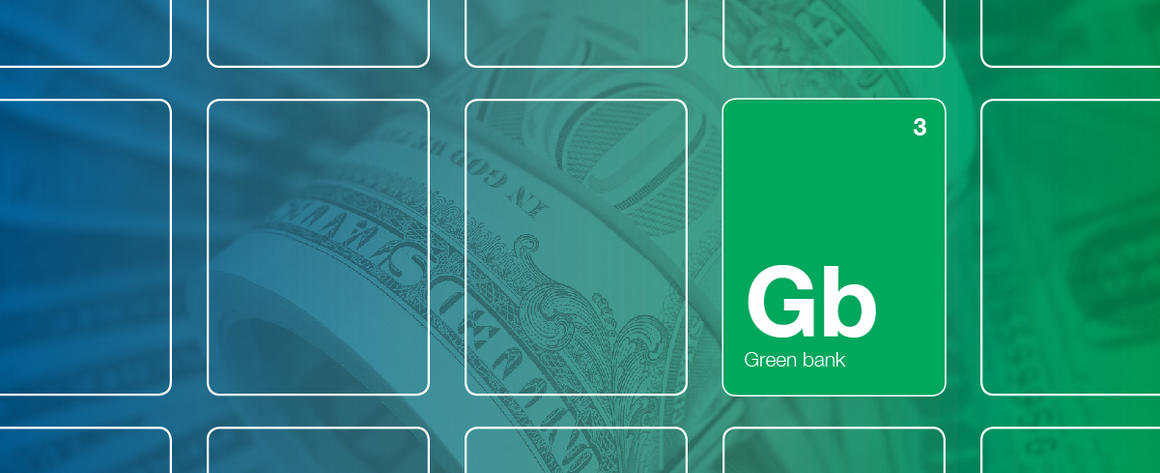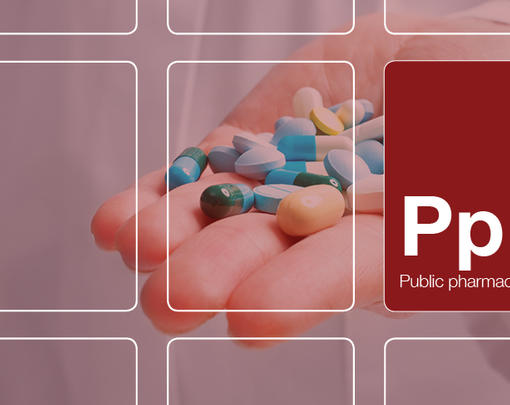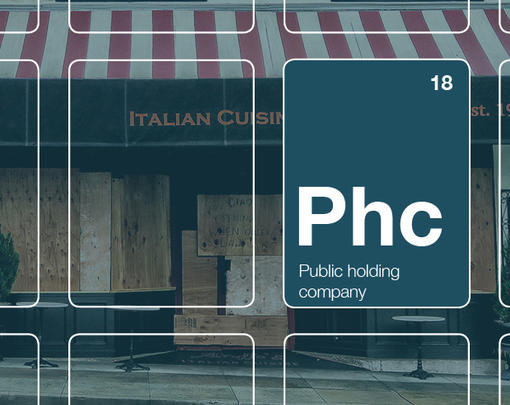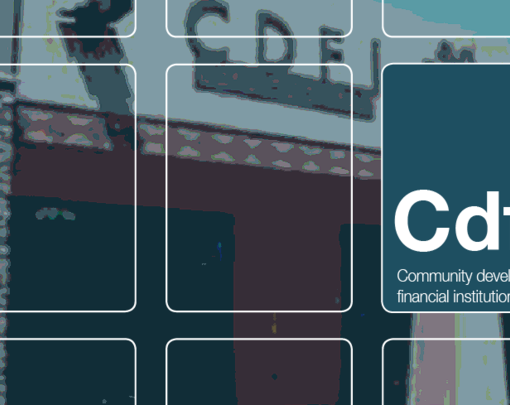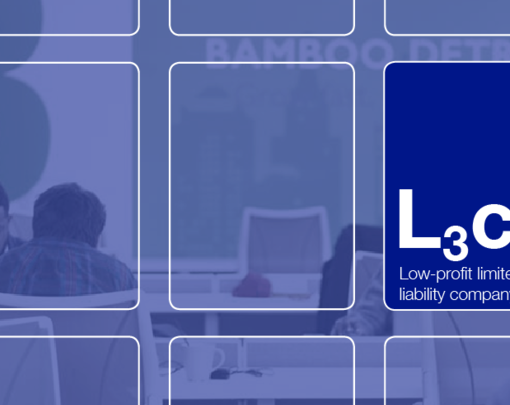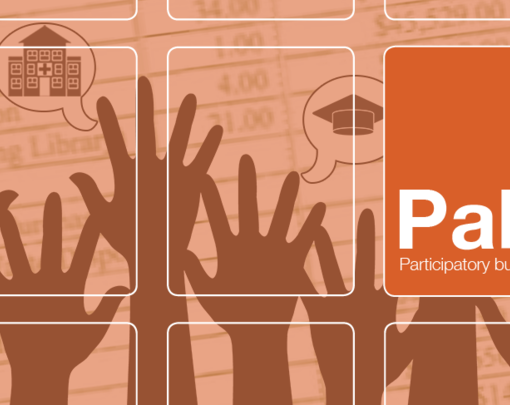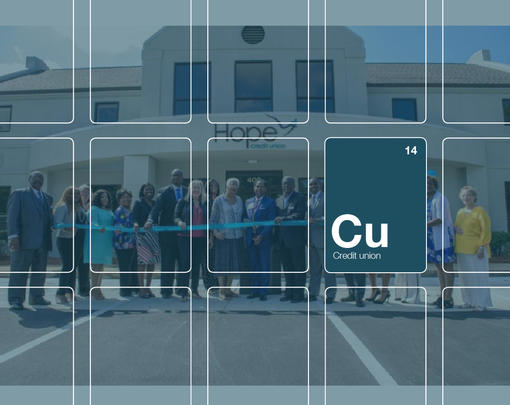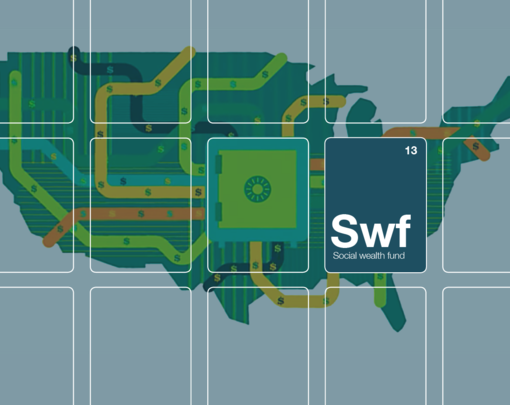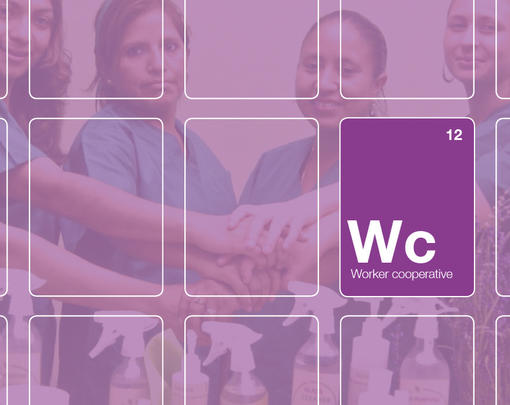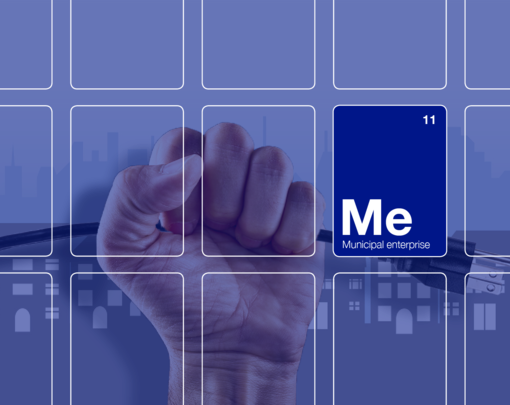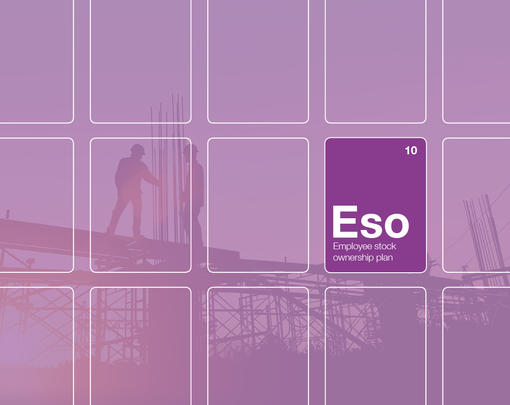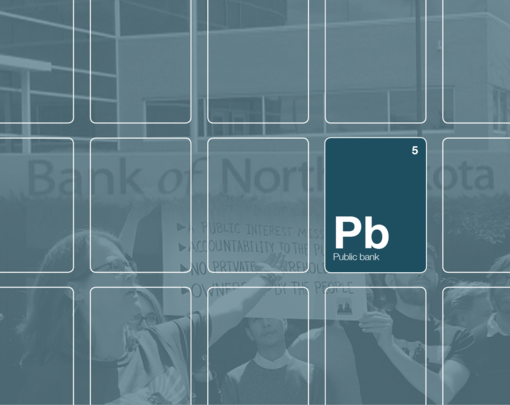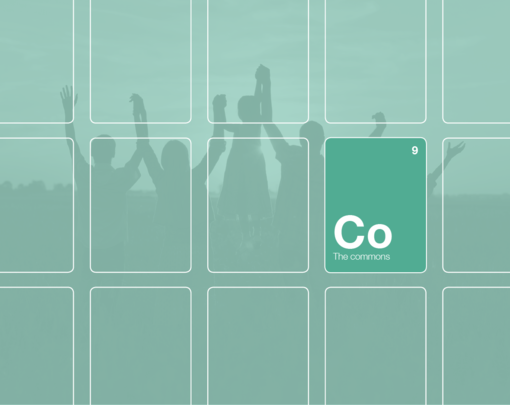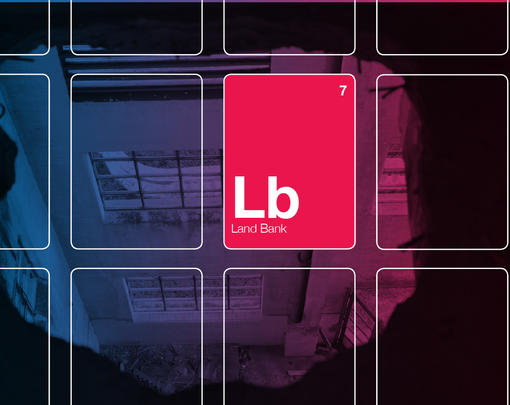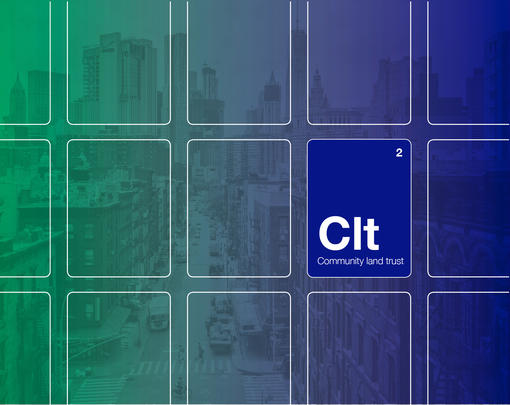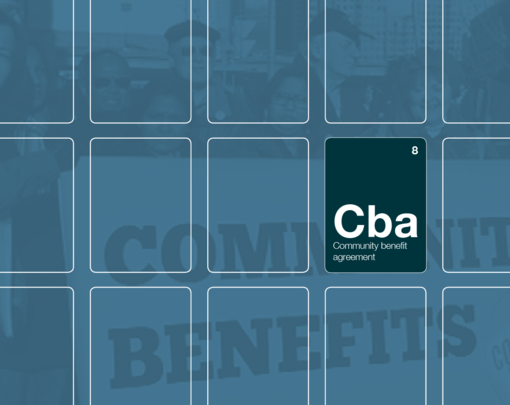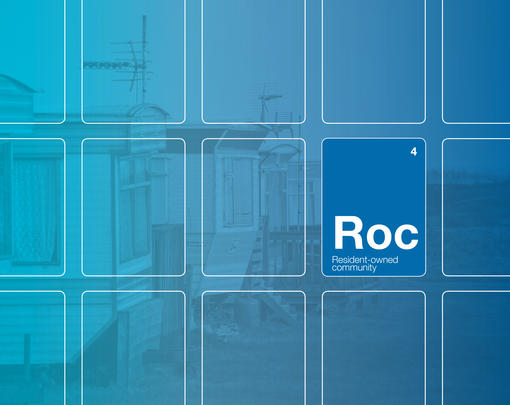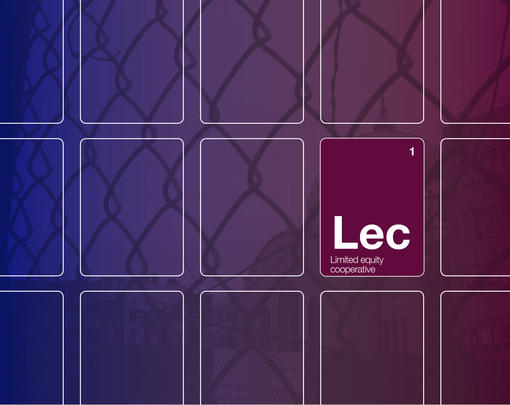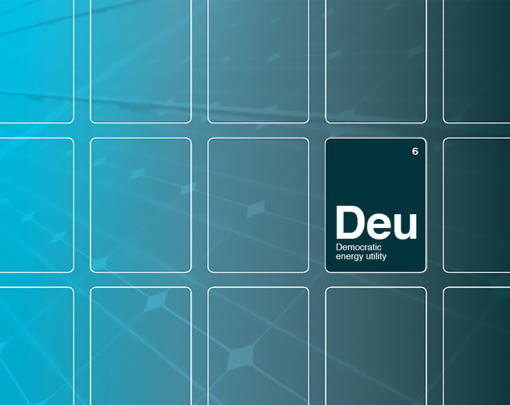Description
A green bank is a public fund that helps communities transition away from fossil fuels and build resilience against climate change.
Often structured as a revolving loan fund, such banks can provide low-to-no interest loans to help close the gap on technologies and projects where private finance hasn’t been sufficient. For example, a green bank could help low-income residents retrofit their homes with solar power or energy-efficiency upgrades. These banks can be capitalized in a number of ways. In some cases, their creation has been tied to a carbon tax, with a portion of the revenue going to the bank and the rest going to community members in the form of a rebate or dividend. Vested in the public interest, green banks can be developed as democratic institutions steered by the members of their community. They can exist as municipal, state, or even national institutions.
Potential Impact
Green banks can be a critical source of capital for a just transition to a green energy future if properly deployed with a clear lens for equity and democratic operating principles. These banks could finance such efforts as community solar projects, watershed clean-ups, and energy efficiency retrofits. Green bank lending programs would be particularly meaningful to low-income people, more than half of whom pay 10 percent or more of their incomes on energy bills. Green banks could also help facilitate programs like on-bill financing, which lets consumers repay loans for green energy improvements on their monthly bills with the savings they receive from the upgrades. Money the banks invest in renewable energy would create up to three times more jobs than the same investment in the fossil fuel sector. That could also support training and placement programs in the low-income communities most vulnerable to climate change and for former fossil-fuel-industry workers.
Transformative Characteristics
TGreen banks would step in to provide capital to communities and for projects, including projects that would particularly benefit low-income people, shunned by the private market. These investments would yield invaluable social benefits, including increased climate change resiliency, the creation of good-paying jobs, and lower utility bills. Green banks, because they are chartered to operate in the public interest of a just transition, would be positioned to take on the kinds of projects that private banks would deem financially unattractive for such reasons as not being of sufficient scale or deploying technology that is new and deemed speculative. These banks would also be governed by community stakeholders, not distant shareholders, and their boards can be structured to ensure a voice and a vote to specific communities of interest—such as labor, small and minority-owned businesses, environmental justice activists and tenants.
Examples
Connecticut Green Bank
Connecticut created the first green bank in 2011. Since its start, the bank has facilitated $365 million in green investments and created 4,000 direct and indirect jobs. The bank is capitalized through a systems benefit charge added to all Connecticut residents’ energy bills; funding from the Regional Greenhouse Gas Initiative, a multistate, market-based carbon cap-and-trade program; and bond sales. To ensure equity, the bank has a Multifamily Catalyst Fund dedicated specifically to improving the energy efficiency of affordable housing. The bank also requires that at least one person on its board come from a group representing residents or low-income people.
Energize RI
The Energize RI proposal shows how a green bank can designed with equity at its core. The Energize RI Bank would be funded as part of a carbon fee program and used to expand access to energy efficiency, green infrastructure, and renewable energy for under-resourced Rhode Islanders and small businesses. An oversight board would require representation from environmental justice and low-income community groups. It would start with $40 million dollars, and one-third of the funds would be distributed to neighborhoods where the median income is the lowest third in the state. The bill’s proponents estimate that the fund would create 1,000 jobs in the first two years and then more than 3,000 by 2040. As of summer 2018, the proposal was pending in the Rhode Island state legislature.
Challenges
Green banks must be properly designed to ensure that those most vulnerable to climate change receive the investments their communities desperately need. Green banks can be good at putting their investments through a “climate test” to measure their impact on the planet. But without a solid equity lens, investments would simply bolster climate-resilient enclaves for the wealthy and leave low-income neighborhoods struggling with energy-inefficient infrastructure and continued vulnerability to extreme weather events and sea-level rise.
More Resources
• Coalition for Green Capital white paper
• National Renewable Energy Laboratory primer on green banks
• Energize RI proposal
Download and Share

